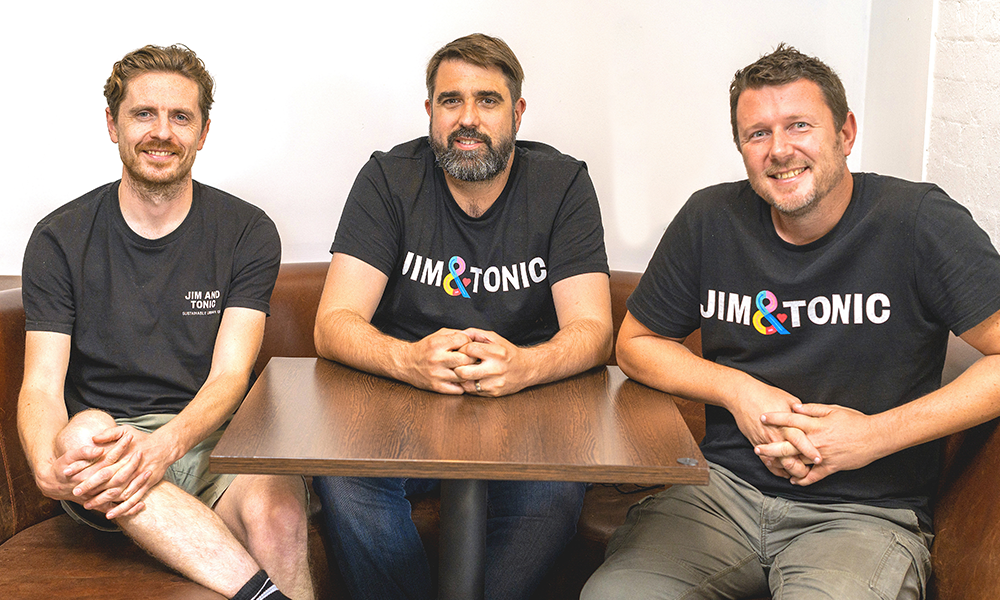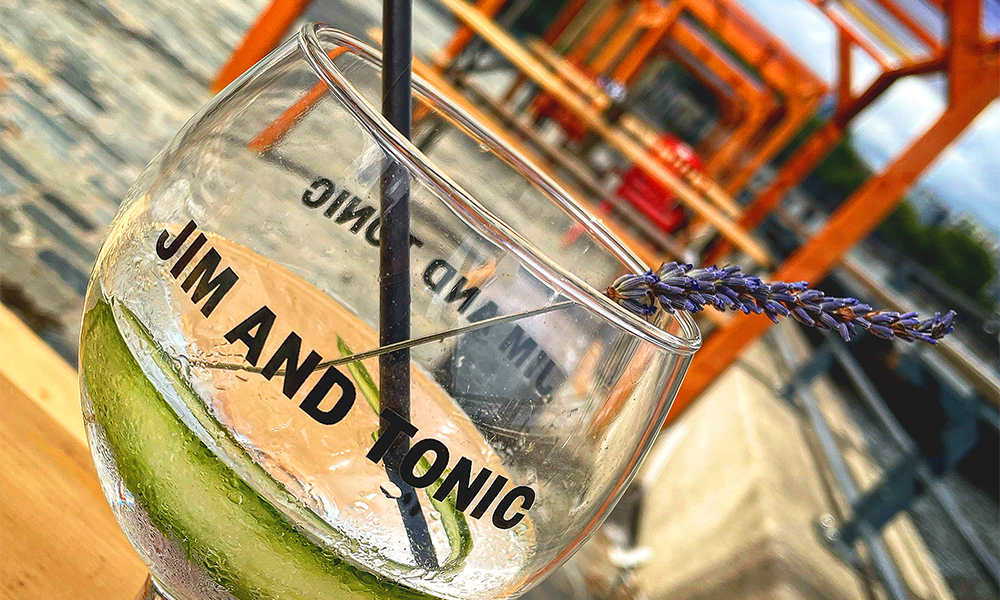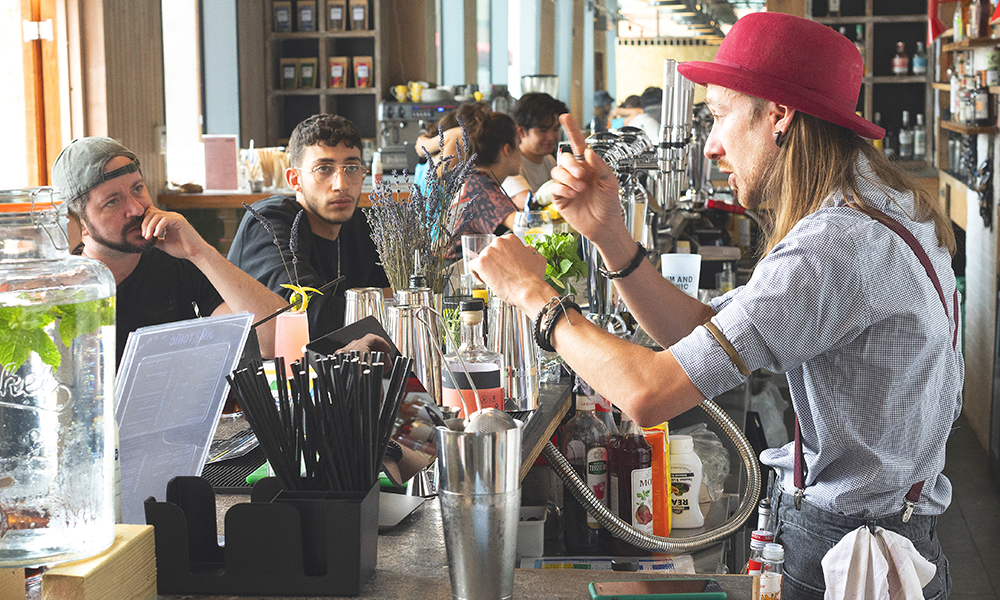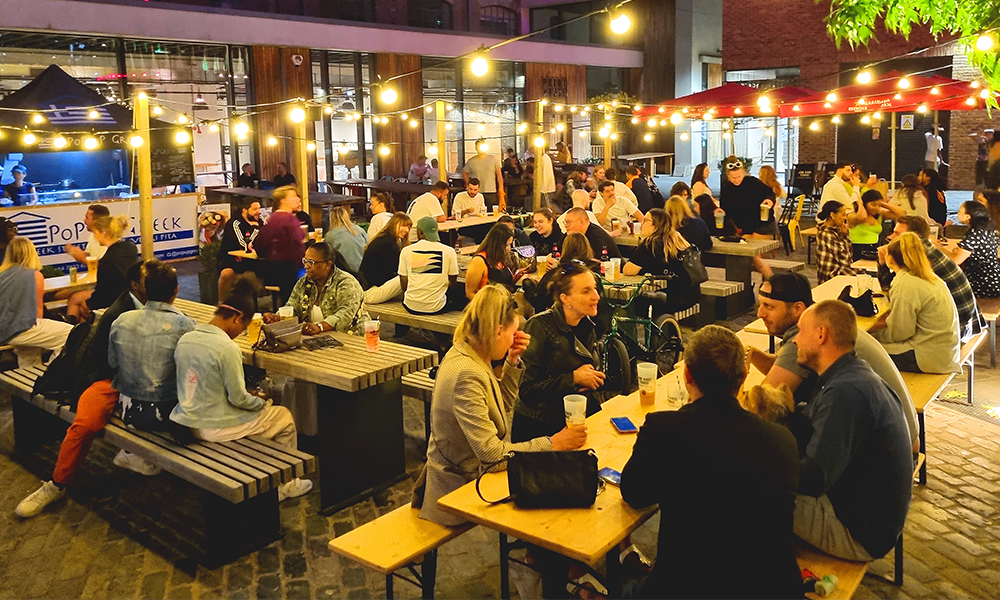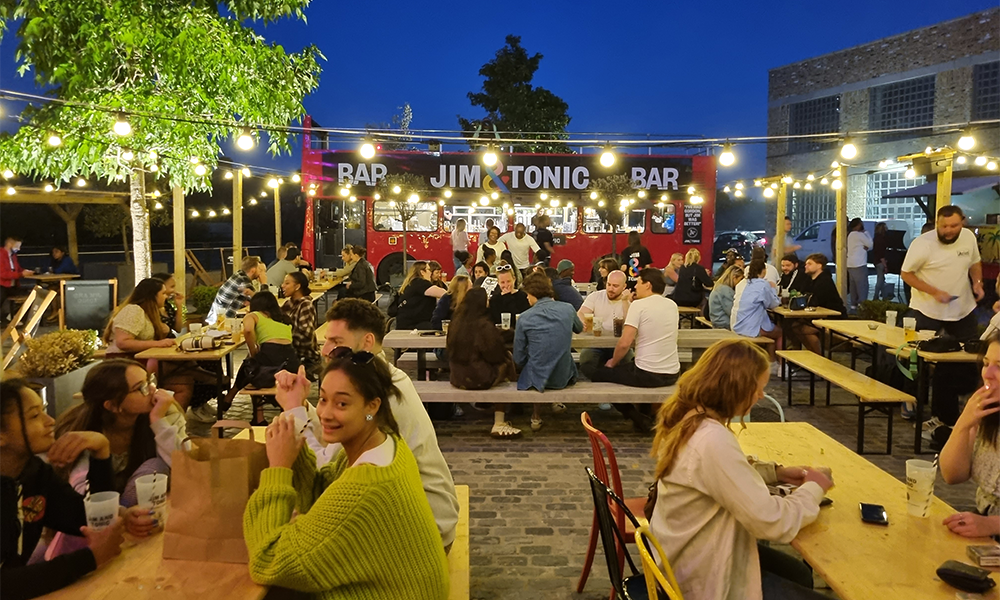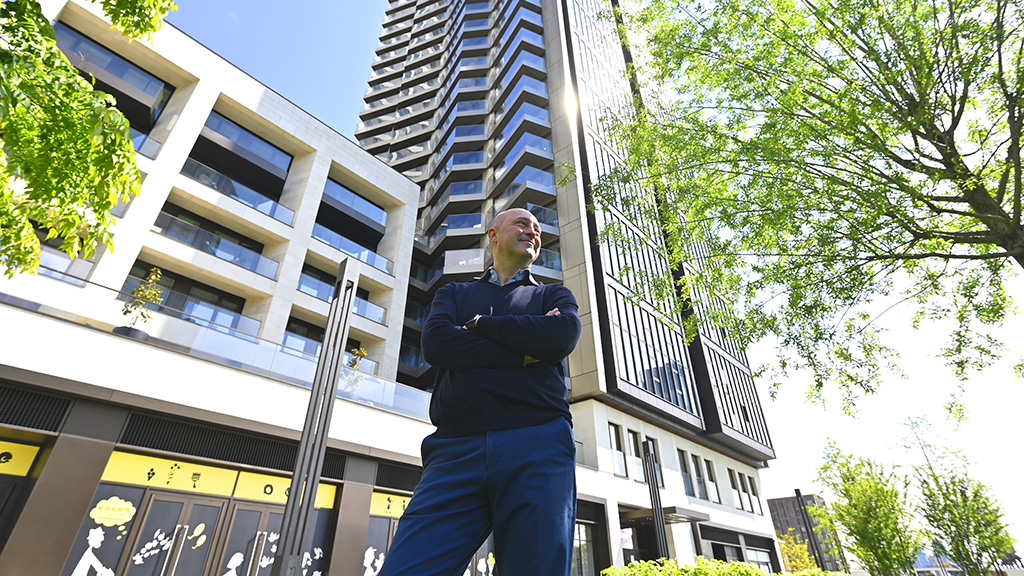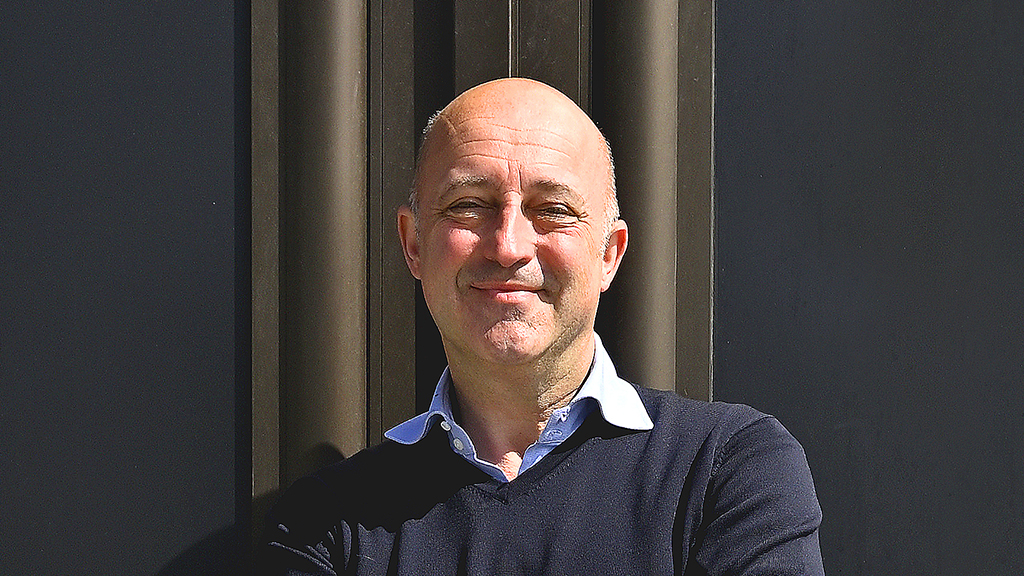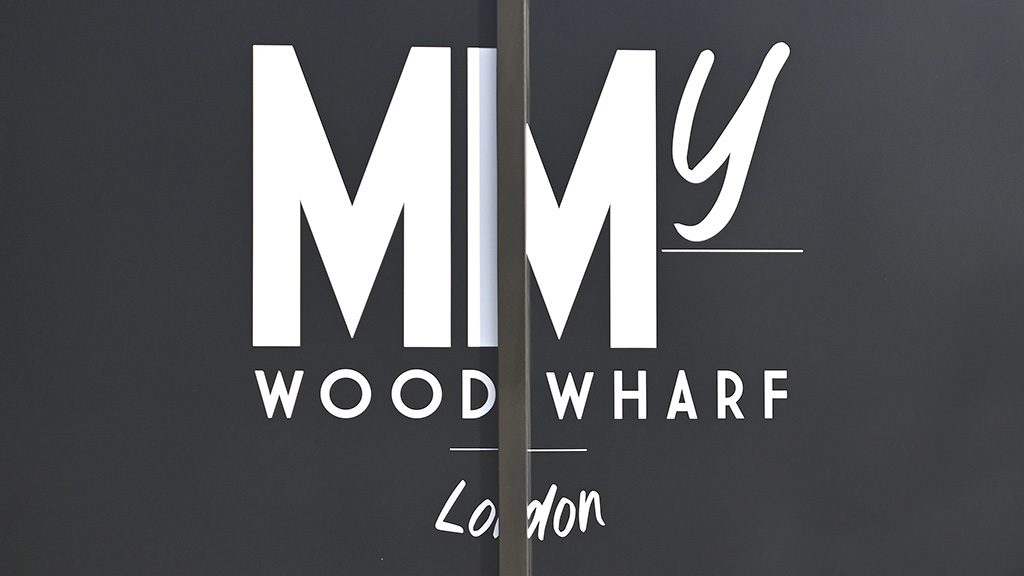Co-founder Leonardo Masi talks expansion and speeding up meals with quality ingredients
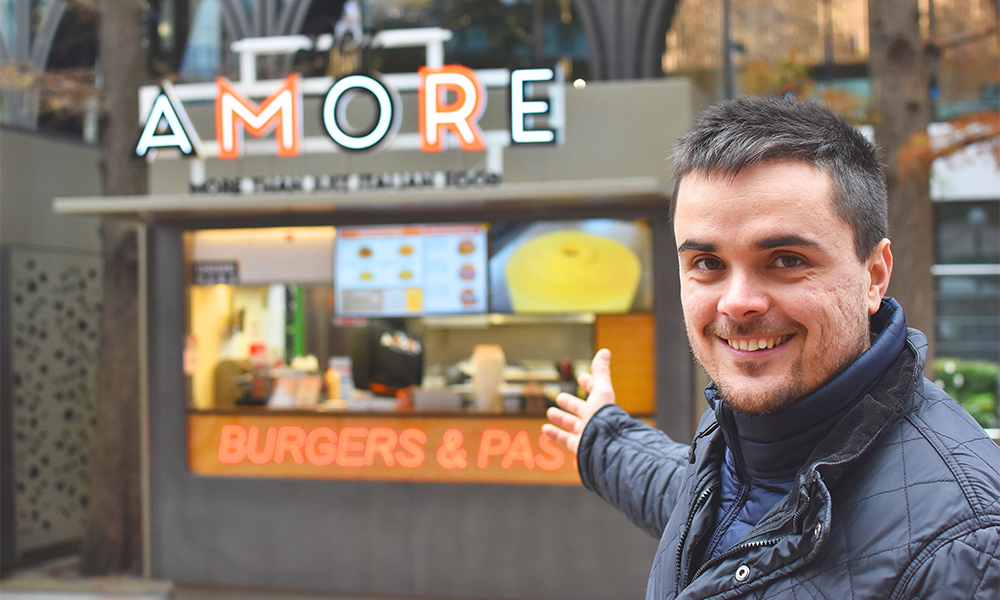
Subscribe to our free Wharf Whispers newsletter here
Love is always a coming together.
For Leonardo Masi, co-founder of Dez Amore, that meant going beyond serving fresh pasta to customers at Mercato Metropolitano in Elephant And Castle.
“I’d always been in hospitality, with patisseries and pizzerias in Italy,” said the Florentine.
“My parents are architects, my brother is a lawyer, but I didn’t like to study.
“I’m more a practical person rather than a student.
“In 2019, I started selling fresh pasta in London and for six months it was just me.
“I was working seven days a week, but it was a wonderful experience because it meant I found out what the business needed.
“After that, I was able to hire a colleague and we continued like that for a year.
“Our approach was simple – we offered a lot of good quality pasta, made quickly because our customers don’t have much time.
“There was a lot of running about.”
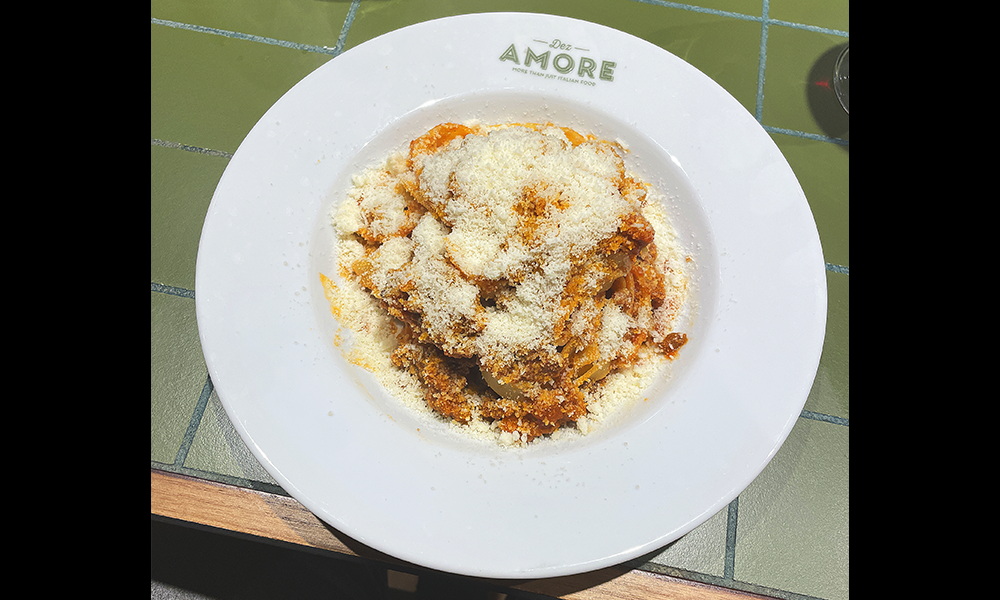
growing Dez Amore
That experience of being close to his customers, refining the business and giving people what they want has stood Leonardo in good stead.
While working at Mercato Metropolitano, he also made a contact who would end up joining him as co-founder of Dez Amore.
“I had a good relationship with Simone Parentini who was selling burgers at the Elephant And Castle food hall,” said Leonardo.
“Two minds are better than one and I prefer to have 50% of a company, work together and share problems.
“We both have family in Italy so we need to travel back and forth and this partnership allows us to do that.”
The duo have also brought their food together, with Dez Amore now offering both fresh pasta and smash burgers from its six branches, including two in Canary Wharf.
Speed is of the essence when it comes to the new model with the business laser-focused on delivering food in minutes to suit Londoners’ busy lives.
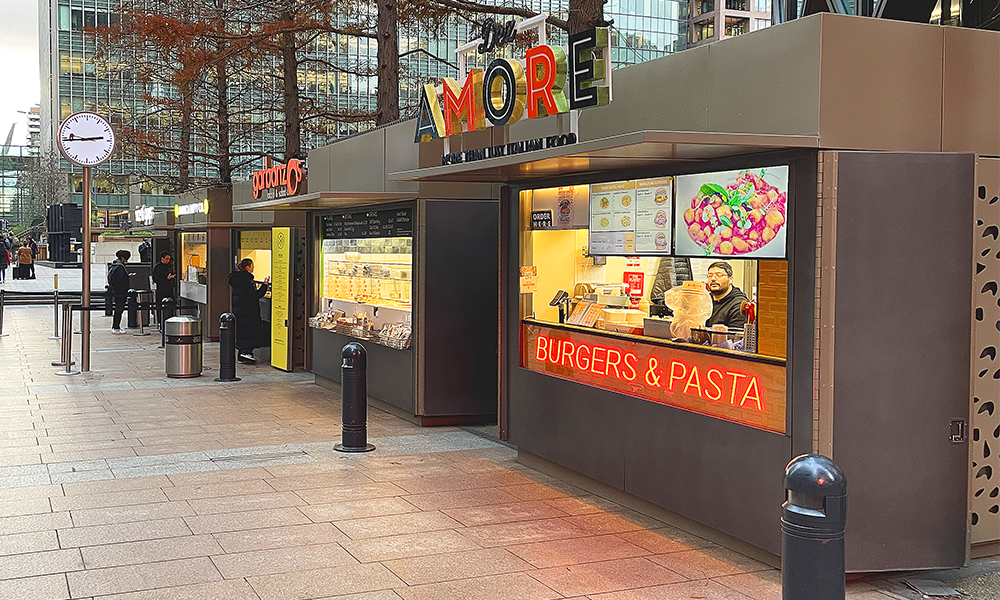
speeding up the process
“In Italy, when I used to sit down with my grandfather, we started with antipasto, then primo, then secundo, then contorno – the minimum was three hours for a meal,” said Leonardo.
“Now a sit-down meal can be 45 minutes and we want to reduce this to 20. The food culture is completely different now.
“The time to eat is very short.
“Even though the pandemic has made things more difficult for a business like ours, we think there’s a niche there.
“We offer two very popular kinds of food – pasta for the Italian and burger for the American – and we’re about convenience.
“It might be that people coming home from work simply want an easy life so come to us to eat – we want to make life easy for our customers.
“Perhaps a mum with three children will bring them to eat at Dez Amore for some healthy pasta.
“It’s not fast food, but it is good food that is fast. Our customers understand quality and why it’s important.
“We import ingredients from Italy to ensure the quality.
“We make everything from scratch in our central kitchen so that it’s as fresh as possible when we serve it, but also so that we can do it quickly.
“We are only satisfied when our customers are satisfied.
“It’s about reducing the time to finalise the dishes rather than cutting the preparation time.
“With a sauce, for example, we put in the proper time to make it so that it only takes a minute to finish it in the branch.
“We’ve also moved to smash burgers, which are faster to prepare and serve so customers have less waiting.
“People eat our food at different times. Pasta is more of a sit-down dish, but you can eat a burger anywhere, even while you’re working.
“In Canary Wharf, Wood Wharf is more of a sit-down option, while the kiosk is grab and go.
“We actually see an increase in burger sales after 6pm as people like to have them with a beer.
“With both offerings now in our shops, we’re looking ahead to 2025 and we want to open two or three more locations.
“London is the best city in the world and we want to grow here.”
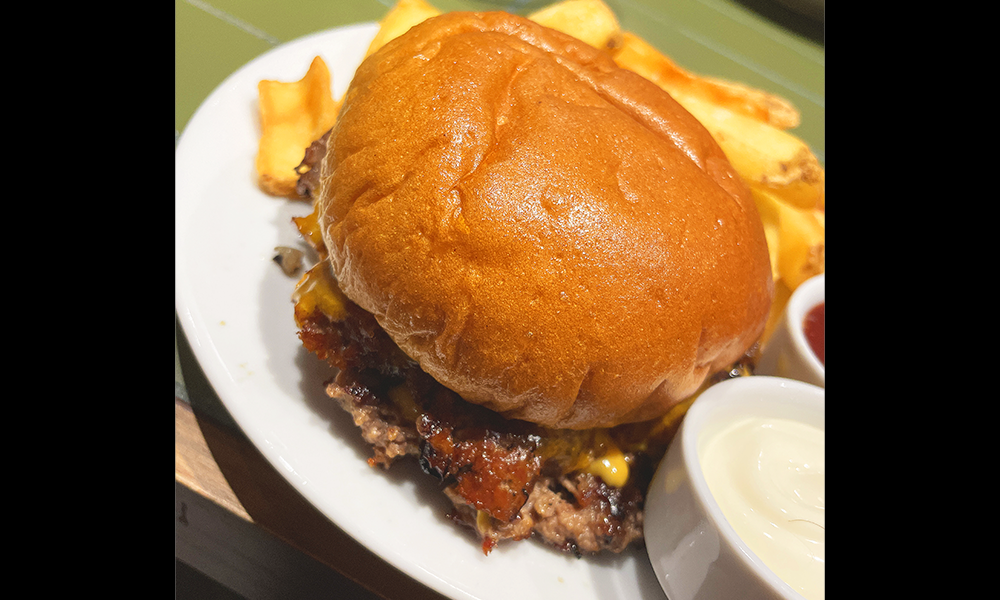
key details: Dez Amore
You can find Dez Amore at MMy Wood Wharf and in one of the Reuters Plaza Kiosks in Canary Wharf.
Other locations include Camden, Wembley and Mayfair.
Find out more about the brand here
Read more: How Mike Joslin’s Bombe uses tech to help companies understand customers




